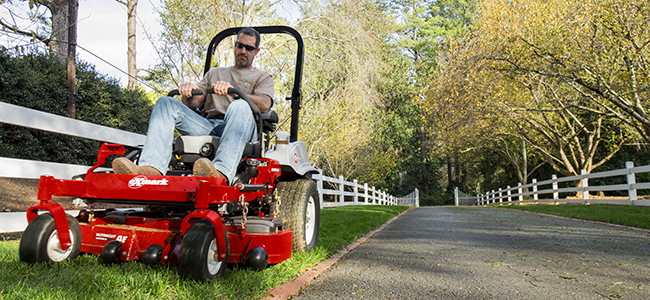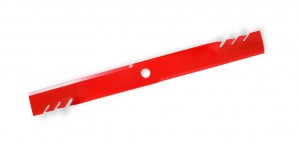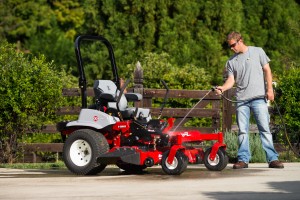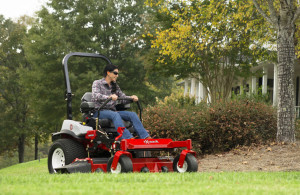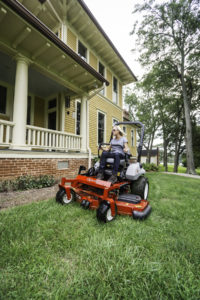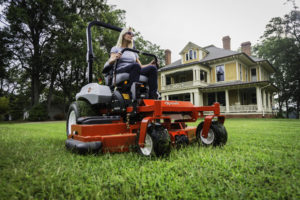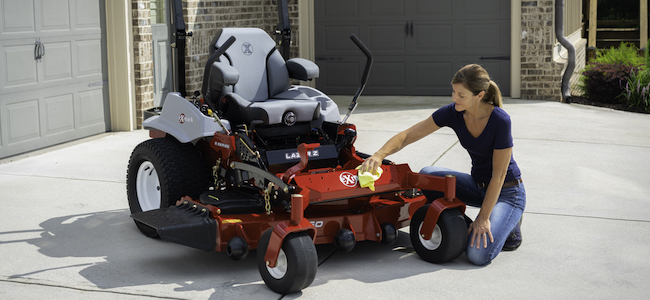
Whether you’re a lawn care pro or a homeowner, take the time for basic spring mower maintenance. It’s important to check your mower for wear and mechanical faults before you begin mowing, and good maintenance now can help prevent problems later in the summer. The most common tune-up steps are listed below. Be sure to check your mower manual for model specific tasks.
First, conduct a visual inspection, starting with the tires. Look for uneven wear and flat spots, as well as cracks in the rubber or plastic. Inflate tires to their proper pressure, then check again for flat spots, especially if you stored the mower in an unheated space over the winter. Once tires are inflated, check that the mower deck is level.
For walk-behind mowers, check that handles are firmly attached to the mower body, and tighten if loose.
Clean off the machine, even if you cleaned it before storage. Dirt and dust can accumulate in garages and sheds, and if your shed or garage was home to rodents over the winter, you may have a big mess to deal with. Use a blower to remove dust, spider webs and debris.
Next, tune-up the engine. Replace the battery and spark plugs if you didn’t replace them in the fall. Change the air and oil filters, replace the engine oil, and check contact points. Lubricate any moving parts and wheel bearings. Check that mower belts are in good condition, without cracks and wear patterns.
Because petroleum products degrade over time, you shouldn’t use gasoline that sat in your mower over the winter. Using old gasoline can cause sputtering stalls, especially if water from condensation has mixed with the gasoline. Start the year with a fresh tank.
Check your mower blades. Sharpen them if dull; replace if they’re cracked or worn. Test them to be sure that they are properly balanced, as unbalanced blades can damage your mower deck.
The final step is to start your mower and take a few quick passes to make sure it is runs smoothly, that the deck can be raised and lowered, and that brakes are in good working order.
Proper maintenance is critical to keeping your mower in good repair. If you wish, you can also contact your local dealer and have them perform spring mower maintenance on your Exmark mower.
Get our spring lawn prep tips.

